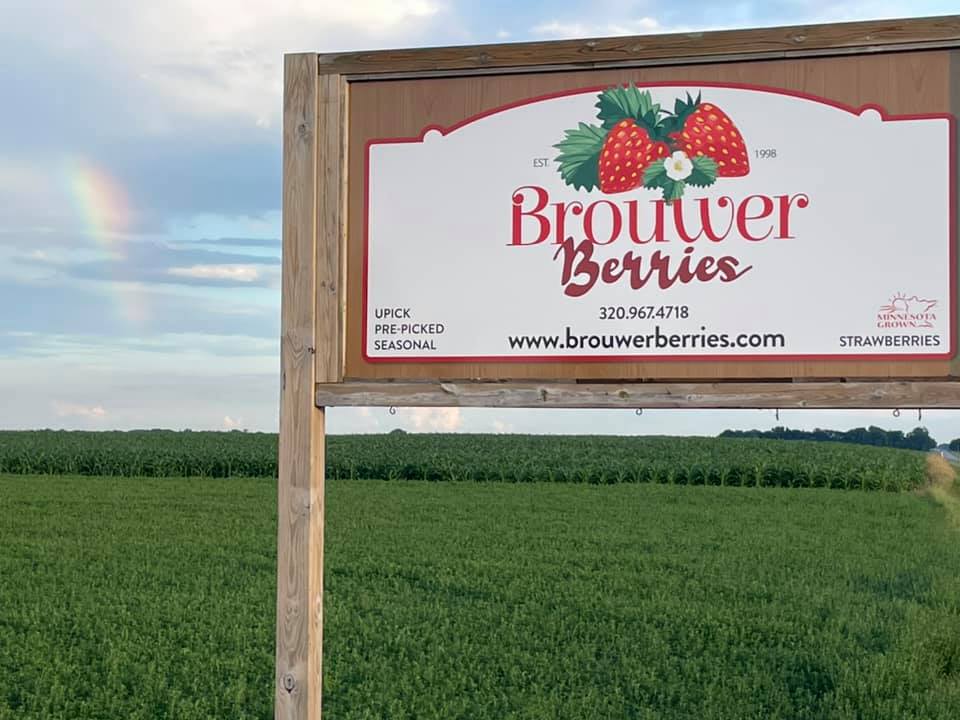We’ve come to the conclusion that we couldn’t have changed our harvest this year. Each of those weather events, by themselves, wouldn’t have taken out our crop, but the combination of all four was catastrophic. Our attention has turned, instead, to risk management.
Risk Management comes in many different forms:
- Insurance
- Controlling the controllables, such as weeds, water, and workforce
- Diversification
- Self-insuring through savings
Insurance
We have no insurance on our strawberry crop. As I reeled from the financial loss, I questioned my own decisions in the past, and wondered if I’d made the correct ones. There are only two forms of insurance available to specialty crop growers, NAP and WFRP.
Non-Insured Agricultural Program (NAP)
The USDA describes it this way: NAP provides financial assistance to producers of noninsurable crops when low yields, loss of inventory, or prevented planting occur due to natural disasters.
Here’s a 2018 analysis of NAP for our strawberry farm, done after a presentation:
“I’ve calculated our average yield per acre for the past four years at 7272#/acre. Next year, we have a potential 9 acres in production.
The 50% coverage will cost us $2,827 per year, with a potential payout of $16,191 in the event of an 80% crop loss. In order to break even with NAP at this level, we’d need an 80% crop loss every 5.7 years.
The new option for 65% coverage will cost us $3,600 per year and get us a potential payout of $28,711 in the event of an 80% crop loss. At this level, we’d need that crop loss every 8 years to break even with NAP.
Are the odds of an 80% crop loss really higher than 1/6 or 1/8? I think the ending of your presentation hits the nail on the head: we can stack the odds in our own favor by planning for major weather events as much as possible, and building up our savings accounts. NAP does not pay. ”
One caveat; ‘beginning and disadvantaged’ growers receive free NAP. If I fell into either of those categories, I’d sign up in a heartbeat! https://www.fsa.usda.gov/programs-and-services/disaster-assistance-program/noninsured-crop-disaster-assistance/index
Whole Farm Revenue Protection (WFRP)
Another insurance option is WFRP. This option only works well for farmers with diversified income streams. When we were only strawberry growers, there was no point in applying for this product. What about now? Would we be better off had I purchased WFRP before this year’s strawberry crop disaster? I asked some local agents for an analysis, and based on our Schedule F’s for the past 5 years, they came up with a quote.
A quick look at the quote shows me had I purchased WFRP with 2% of my expected revenue before the March 15 deadline, I could have had a very good insurance payout this year. Whoops… I think. There’s a lot of fine print to the policy, and I wonder if it really is as good as it looks. My strawberry crop advisor has told me that no strawberry farmers actually get this policy, but then, most strawberry farmers don’t have sheep. I’ll study it more this winter, and make a decision before next year’s deadline.
Savings for Risk Management
We don’t have crop insurance, a decision I’m now questioning, but we have followed Dave Ramsey’s baby steps. We are debt-free, with an emergency fund. What a blessing to be protected in this way against not just crop loss, but other forms of family emergencies. The crop loss was catastrophic, but it hasn’t led to catastrophic consequences for our family, thanks to our other forms of risk management.
To see the next post in this farmer series, click here!


Very interesting. You explain each decision you made and why.
The loss of you strawberry crop was heart felt. When we would come to pick your strawberries I felt the compassion & connection to home grown and all the work that was done to benefit me/all of us. The local growers means more then anyone could imagine. This loss is devastating and prayers for recovery.